12 Cities So Gorgeous I’d Book a Return Trip Without Thinking — And 3 That Only Look Good on Postcards

Travel can be a mixed bag of delights and disappointments. I’ve wandered through cobblestone streets that made my heart sing and others that made me want to catch the next flight home.
Some cities cast such a magical spell that I’d return in a heartbeat, while others left me wondering if their famous landmarks were just clever camera tricks. Here’s my honest take on the places that deserve multiple visits and those best enjoyed from afar.
1. Kyoto: Where Ancient Japan Whispers Through Cherry Blossoms
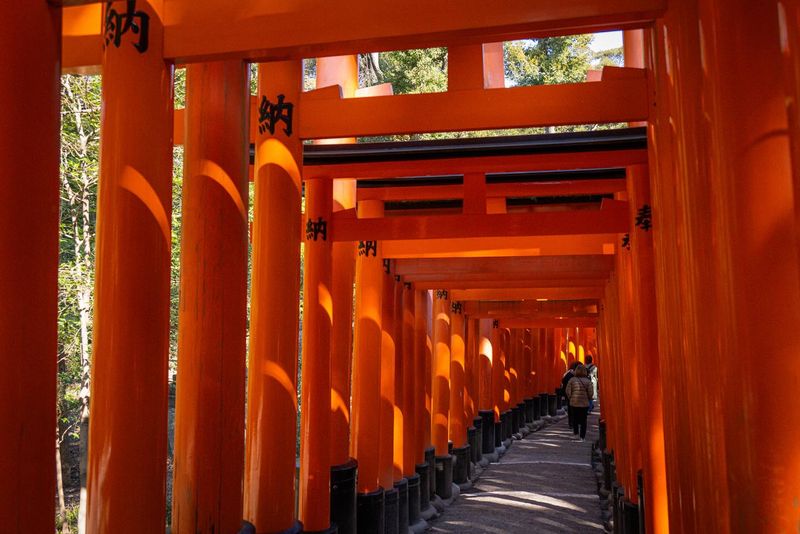
My first glimpse of a geisha hurrying down a lantern-lit alley in Gion district nearly stopped my heart. Kyoto doesn’t shout for attention like Tokyo; instead, it seduces you quietly with over 1,600 Buddhist temples and 400 Shinto shrines nestled among maple-covered hills.
The city transforms with the seasons – spring’s cherry blossoms, summer’s lush gardens, fall’s fiery leaves, and winter’s dusting of snow. I still dream about the bamboo groves of Arashiyama swaying in the breeze.
Walking through the thousands of vermilion torii gates at Fushimi Inari shrine at dawn, I felt like I’d stepped into another world entirely – one I’m desperate to revisit.
2. Prague: Fairytale Spires and Bohemian Charm

Crossing Charles Bridge at sunrise, I watched the morning mist curl around Gothic spires like something from a storybook. Prague survived World War II remarkably intact, preserving a thousand years of architecture in one walkable city.
The astronomical clock in Old Town Square has been measuring the passage of time since 1410, and I could spend hours watching its hourly show while sipping Czech pilsner at a nearby café. Hidden courtyards reveal puppet shops and absinthe bars where Franz Kafka might have found inspiration.
Unlike other European capitals that modernized aggressively, Prague feels suspended in time – both medieval and alive, with music spilling from churches and beer cheaper than water.
3. San Francisco: The City That Wears Its Fog Like a Crown

Karl the Fog (yes, locals named their fog) was rolling over the Golden Gate Bridge when I first fell for this city of impossible hills and painted ladies. San Francisco refuses to be ordinary – even its public transportation includes cable cars that climb at gravity-defying angles.
The Mission District buzzes with colorful murals and the best burritos I’ve ever tasted, while North Beach still echoes with the ghosts of Beat poets. I’ve never experienced such distinct neighborhoods packed into just 49 square miles.
Watching sea lions bask at Pier 39 while sourdough bread steams in your hands is quintessentially San Franciscan. Despite its astronomical cost of living, this city’s beauty makes you understand why people sacrifice so much to call it home.
4. Istanbul: Where East Embraces West Across the Bosphorus
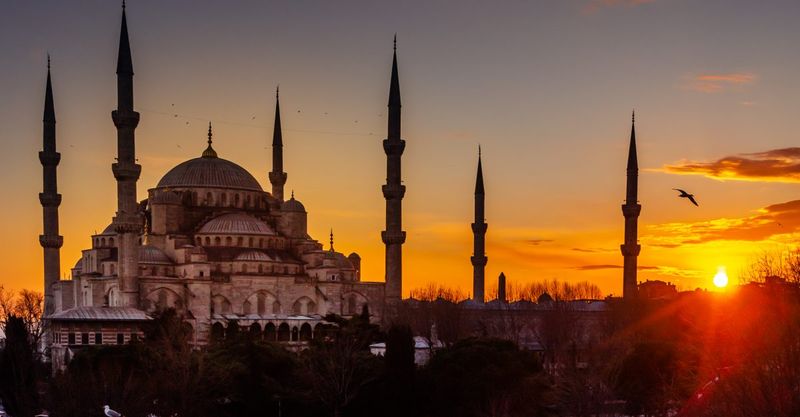
The call to prayer echoed across rooftops as I sipped apple tea on a terrace overlooking two continents. Istanbul straddles Europe and Asia with magnificent confidence, layering Byzantine churches under Ottoman domes under modern skyscrapers.
Haggling in the Grand Bazaar’s labyrinth of 4,000 shops feels like stepping into a scene from Arabian Nights. The spice markets assault your senses with pyramids of saffron, sumac, and Turkish delight dusted in powdered sugar.
After dark, neighborhoods like Beyoğlu come alive with rooftop bars and meyhanes (taverns) where locals share meze plates and raki into the night. Few cities manage to be so ancient yet so electric with contemporary energy – a living museum that never stops evolving.
5. Cape Town: Where Mountains Meet Oceans in Dramatic Fashion

Standing atop Table Mountain with the Atlantic stretching before me, I couldn’t decide which was more breathtaking – the view or the journey to reach it. Cape Town is framed by nature’s most dramatic elements: flat-topped mountains plunging into turquoise oceans, penguin-dotted beaches, and vineyards that rival Bordeaux.
The colorful houses of Bo-Kaap tell stories of Cape Malay culture, while Robben Island bears witness to South Africa’s painful yet triumphant history. I’ve yet to find another city where you can spot wild penguins, surf world-class waves, and sample award-winning wines all in one day.
When the tablecloth cloud formation drapes over Table Mountain at sunset, painting the sky in impossible colors, you’ll understand why locals call this place the Mother City.
6. Venice: The Floating City That Defies Time and Tides
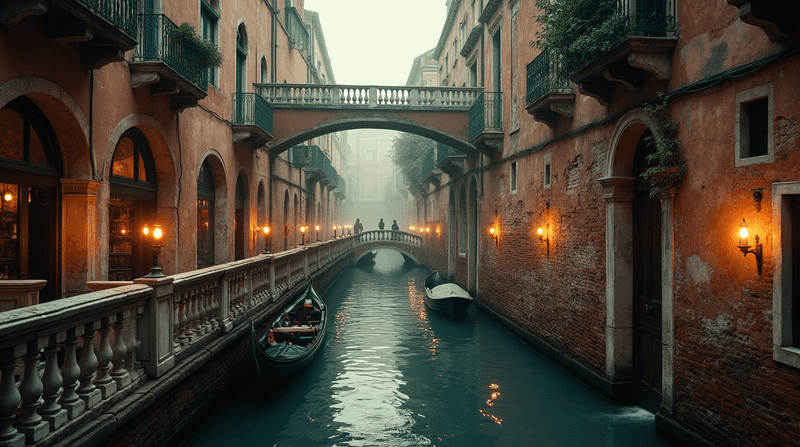
Getting lost is the whole point in Venice. Wandering away from St. Mark’s Square, I discovered quiet canals where laundry fluttered between medieval buildings and locals chatted across balconies. Venice exists despite logic – a Renaissance masterpiece built on wooden pilings driven into a lagoon.
The vaporetto water buses offer the best views for just a few euros, revealing palaces with facades that seem to float directly on the water. During Acqua Alta (high tide), temporary boardwalks appear and Venetians go about their business in rubber boots.
Forget the tourist-packed gondolas and instead find a bacaro (wine bar) where locals stand drinking prosecco and eating cicchetti (Venetian tapas). The city’s otherworldly beauty becomes even more apparent after the day-trippers leave.
7. Kyoto’s Sibling: Kanazawa’s Perfect Preservation of Traditional Japan
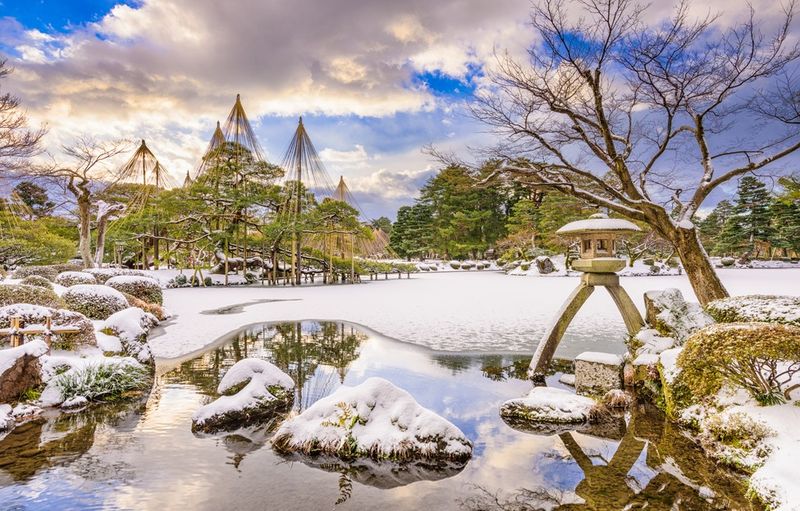
If you missed old Japan in Tokyo, you’ll find it perfectly preserved in Kanazawa. Walking through the immaculately maintained samurai district, I felt transported to the Edo period – without the crowds that flock to Kyoto.
Kenrokuen Garden ranks among Japan’s three most beautiful landscape gardens, with seasonal transformations so stunning they brought tears to my eyes. The famous snow-protecting ropes (yukitsuri) strung from tree branches create winter poetry in physical form.
Kanazawa also boasts Japan’s second-largest fish market, where I enjoyed the freshest sushi breakfast of my life. Gold leaf production thrives here too – you can even eat soft-serve ice cream covered in real gold! This city combines cultural preservation with authentic daily life in a way that feels genuine rather than performative.
8. Lisbon: The City of Seven Hills and Endless Light
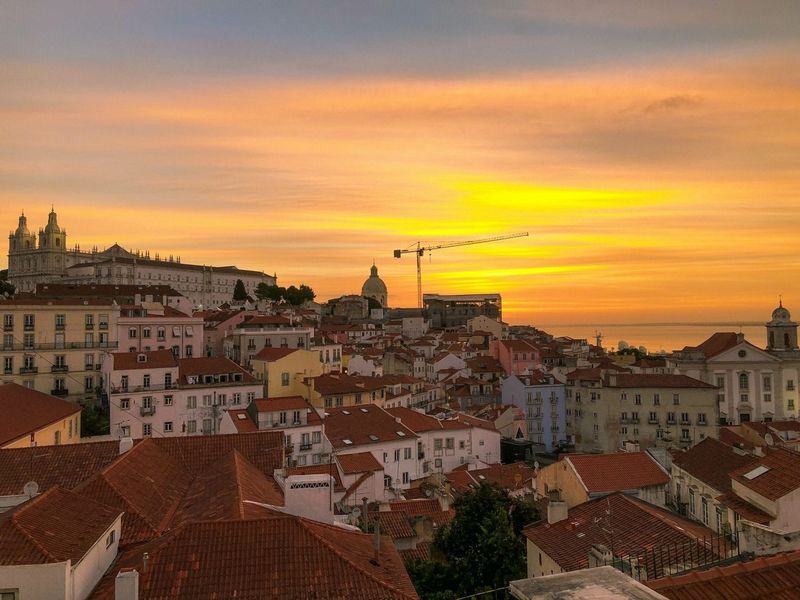
Lisbon’s light hits differently – a golden glow that photographers chase and poets try to capture in words. My calves ached from climbing the steep, tile-decorated streets, but the reward was panoramic views of terracotta rooftops cascading toward the Tagus River.
Tiny trams rattle through impossibly narrow streets, while fado music spills from doorways in Alfama after dark. I found myself lingering over coffee and pastéis de nata (custard tarts) at outdoor cafés, watching the city’s relaxed rhythm unfold.
The blend of Moorish influence, maritime history, and modern creativity gives Lisbon a soulfulness many European capitals lack. When sunset paints the white buildings pink and orange, it’s easy to understand why Portugal’s greatest poets never ran out of inspiration here.
9. Seville: Where Orange Trees and Flamenco Set the Soul on Fire

The scent of orange blossoms followed me through Seville’s winding streets, a natural perfume that mingles with incense during Holy Week processions. This Andalusian jewel moves at its own pace – shutting down for afternoon siestas before roaring back to life until dawn.
Alcázar Palace showcases Islamic architecture so beautiful it doubled as Dorne in Game of Thrones. The massive wooden mushrooms of Las Setas provide shade and a futuristic contrast to the city’s ancient cathedral.
Late at night in Triana, I stumbled upon an authentic flamenco performance in a tiny bar – not the tourist shows advertised on flyers, but raw, passionate art that brought the room to tears. Seville taught me that Spain’s soul burns brightest in its southernmost reaches.
10. Chefchaouen: Morocco’s Blue Pearl Nestled in the Rif Mountains
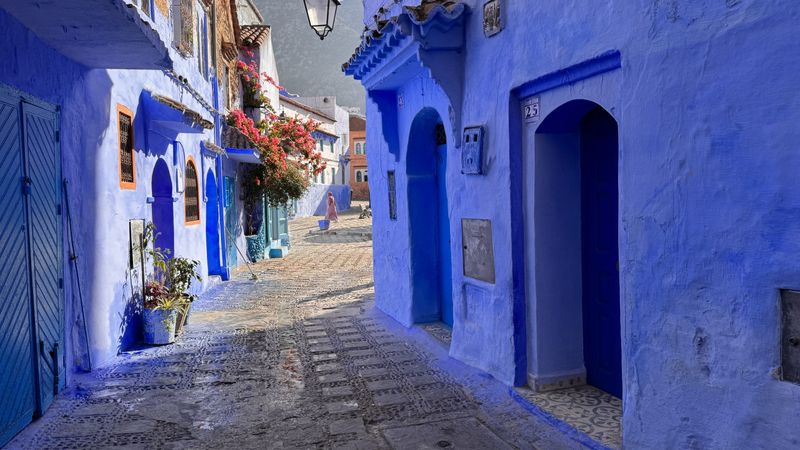
The first time I turned a corner in Chefchaouen, I gasped audibly – entire streets painted in shades of blue from cobalt to periwinkle stretched before me. This mountain town in northern Morocco feels like walking through a dream.
Locals debate the origin of the blue – some say it repels mosquitoes, others claim Jewish refugees brought the tradition, while some insist it simply represents the sky and sea. Whatever the reason, the effect is magical, especially when sunset casts long shadows across blue-washed walls.
Unlike Marrakech’s sensory overload, Chefchaouen moves at a gentler pace. The call to prayer echoes through narrow alleys where cats nap on blue steps and shopkeepers offer mint tea as you browse handwoven blankets. It’s the Morocco of your imagination, but somehow even more beautiful.
11. Quebec City: France Without the Jetlag
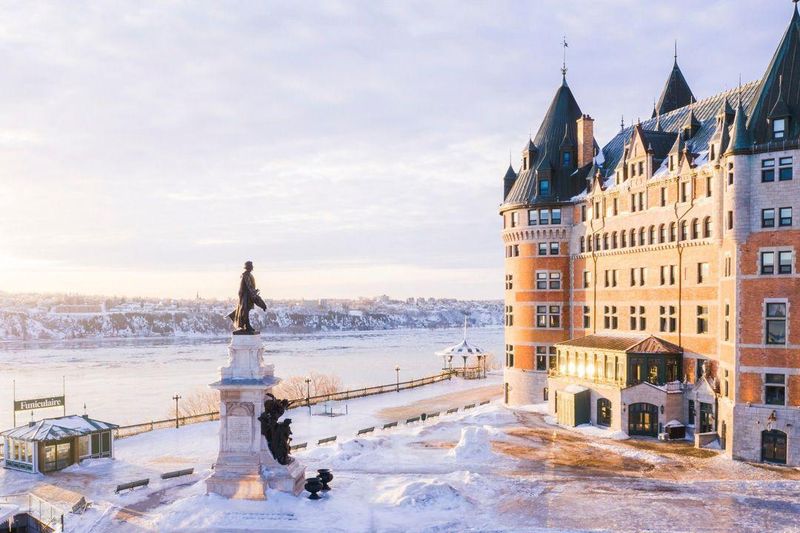
Horse-drawn carriages clip-clopped across cobblestones as I wandered through the only walled city north of Mexico. Quebec City’s old town feels impossibly European – 400-year-old stone buildings house patisseries and bistros where French is the first language.
The iconic Château Frontenac hotel dominates the skyline like a fairytale castle, especially when illuminated against winter snow. I spent hours exploring the narrow streets of Petit-Champlain, where artisan shops sell Quebec-made crafts and maple treats.
Winter transforms the city into a magical wonderland with ice sculptures and toboggan runs, while summer brings outdoor cafés and music festivals. Few North American cities preserve their historical character so completely – it’s a European experience without crossing the Atlantic.
12. Luang Prabang: The Sleepy Jewel of the Mekong
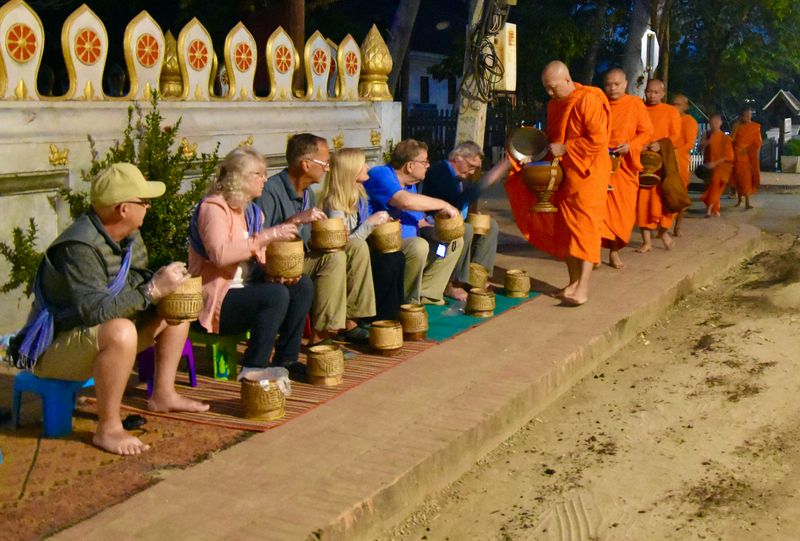
Monks in saffron robes collected alms at dawn while mist rose from the Mekong River – my first morning in Luang Prabang remains etched in my memory. This former royal capital of Laos moves at the pace of another era, where bicycles outnumber cars and roosters serve as alarm clocks.
French colonial buildings stand alongside ornate Buddhist temples with swooping rooflines and gold details. The night market stretches along the main street, where Hmong vendors sell intricate textiles by lantern light.
Climbing the 328 steps to Mount Phousi for sunset, I watched the sky turn pink over the confluence of two rivers. Despite earning UNESCO status, Luang Prabang maintains an authenticity that many Southeast Asian destinations have sacrificed to mass tourism – though go soon, as change is coming.
13. Dubai: All That Glitters Is Not Gold

From the 148th floor of Burj Khalifa, I saw what billions of dollars can build in a desert – and felt strangely empty. Dubai impresses through sheer audacity – indoor ski slopes in 120-degree heat, artificial islands shaped like palm trees, and gold-dispensing ATMs.
Yet walking through the mega-malls and hotel complexes, I kept searching for something authentic. The historical district of Al Fahidi offers glimpses of pre-oil Dubai, but feels more like a museum exhibit than living culture.
Behind the gleaming façade lies a troubling reality of migrant worker conditions and environmental costs. Dubai’s Instagram-perfect locations deliver exactly what they promise in photos, but left me feeling like I’d visited an elaborate movie set rather than a city with soul.
14. Santorini: Overcrowded Perfection
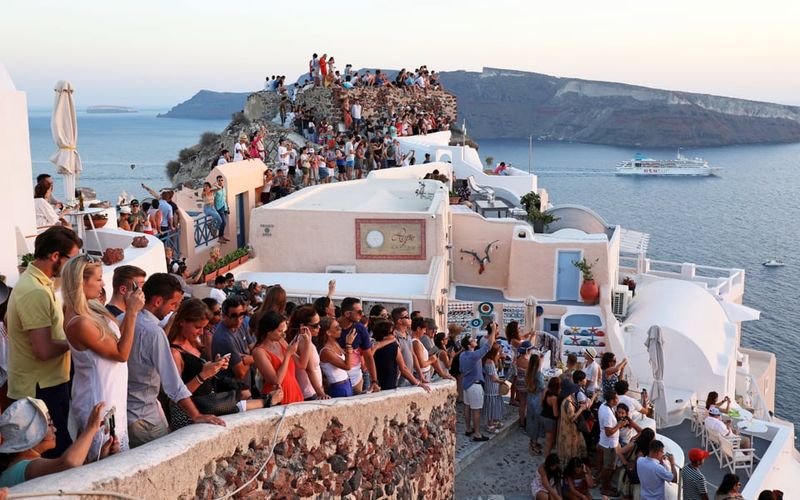
Those famous blue domes against whitewashed buildings? They exist exactly as pictured – along with thousands of tourists fighting for the same photo. I arrived in Santorini with postcard images dancing in my head and left with mixed feelings about what mass tourism does to paradise.
The caldera views are genuinely breathtaking, with multicolored cliffs plunging into the Aegean’s sapphire waters. But the main towns of Oia and Fira have become living theme parks where cruise ships disgorge thousands of daily visitors into streets barely wide enough for two people.
Local life has largely disappeared as housing becomes vacation rentals. If you must visit, go in early spring or late fall when the crowds thin and you might catch glimpses of the magic that made this island famous.
15. Pisa: One-Hit Wonder
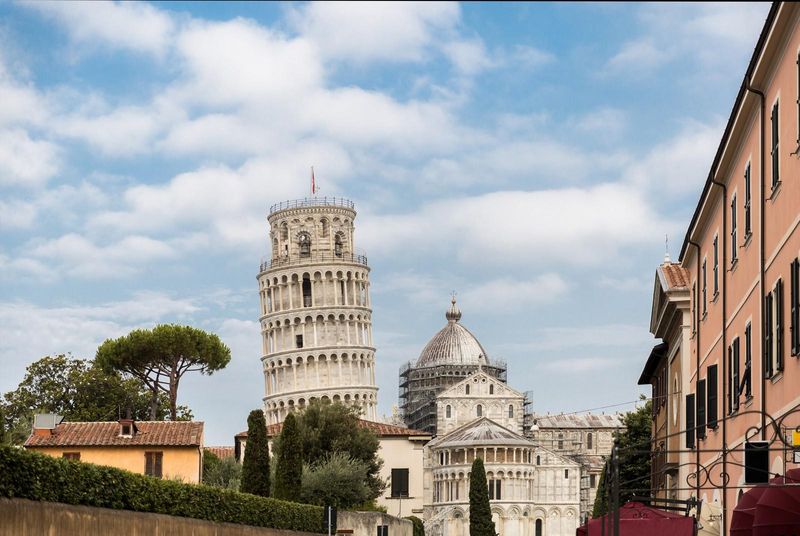
If you’ve seen people pretending to hold up a leaning tower, you’ve essentially experienced Pisa. My visit lasted exactly 47 minutes – enough time to take the obligatory photo, walk around the admittedly beautiful cathedral complex, and wonder why I’d dedicated a day trip to this.
The tower itself is an architectural marvel and engineering cautionary tale rolled into one. But the surrounding area has devolved into a carnival of souvenir stands selling miniature towers and photo opportunities.
The city beyond the Tower complex has some charming aspects, including a respected university and riverside walks. However, few tourists venture there. Pisa represents the epitome of a bucket-list checkbox that rarely inspires a return visit – proof that famous doesn’t always equal fulfilling.
